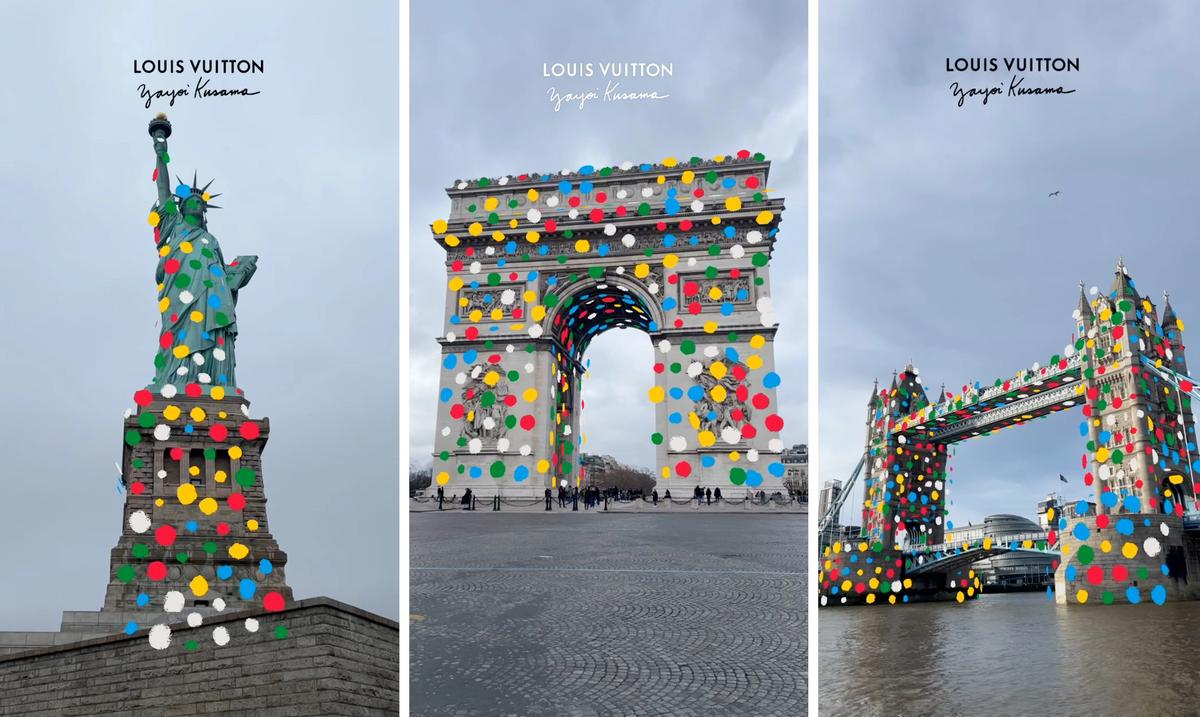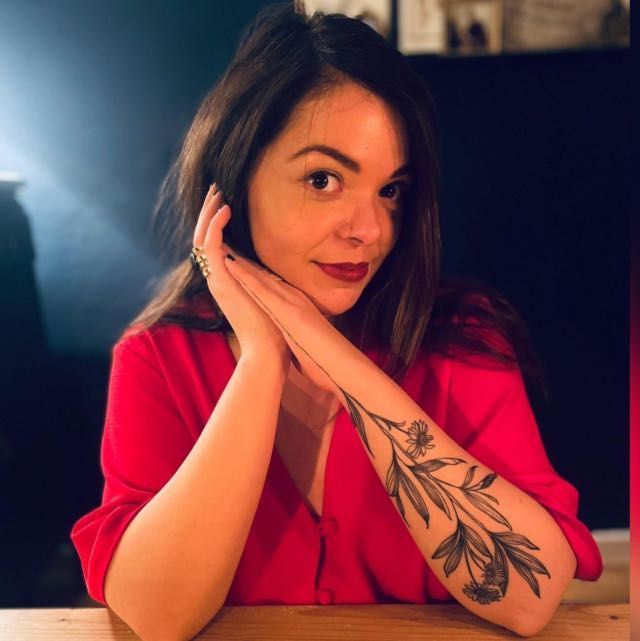When I downloaded the social media app Snapchat—since renamed to the slightly snappier “Snap”—around a decade ago it seemed to be mostly used to send risqué selfies. The app’s USP at that time, after all, was the ability to share photos that disappeared after a certain amount of time. But the app has changed enormously in the past ten years and it has been slowly setting itself up as a major platform for technological experimentation—not least in the field of art and culture.
In 2015 Snap created Lenses, which are animated filters that interact with the image one takes with a phone camera—aka augmented reality (AR). In 2017 the app launched Lens Studio, opening the platform so that anyone could make a Snap Lens. As of 2021 there were more than three million Lenses and five trillion Lens views.
Before diving into Snap’s growing collaborations in the art world, it’s worth looking at its position in the social media rankings. With 576 million users, Snap is the 12th most popular platform (Facebook is first with 2.93 billion; Instagram fourth with 1.39 billion, TikTok sixth with 1 billion and Twitter 14th with 544 million), according to the social media management company Hootsuite. But, like TikTok, Snap has a loyal Gen Z audience: 20.3% of Snap users are under 18, and 38.9% are in the 18-to-24 age range. “It’s full of silly filters and effects, but under the bells and whistles, Snapchat is a powerful tool for brands that want to connect with their audiences in fun and engaging ways,” according to Hootsuite.
And the art world is certainly taking note. The list of Lens partnerships with artists and institutions is impressive, including Jeff Koons, Damien Hirst, Alex Israel, the Los Angeles County Museum of Art (Lacma) and London’s Design Museum. Some collaborations are definitely more skewed towards promoting luxury brands (and, presumably, the sizeable accompanying paycheque). For example, the app created a Lens for the Louis Vuitton-Yayoi Kusama extravaganza that swept the world earlier this year, allowing Snap users to overlay multicoloured dots on buildings. Certainly, the aforementioned artists are more on the celebrity side of the art world than part of the artistic vanguard.
But many of Snap’s projects are both pushing the limits of artistic output and supporting important parts of the industry. It has worked with artists such as Theaster Gates on Lenses marking Black History Month and the 57th anniversary of the March on Washington, and with the London-based platform V.O Curations to create an AR exhibition celebrating London Pride.
“We’re thrilled to empower artists and Lens creators to educate the world through a new perspective and share their creativity, with the help of AR,” says Sophia Dominguez, the director of AR platform partnerships and ecosystem at Snap.
The ongoing Monumental Perspectives collaboration with Lacma—which projects virtual monuments into spaces—is a perfect example of how AR can help in discussions around contentious issues. The final filter launches in September. It’s good to see that Snap now seems risqué in a much better way.



